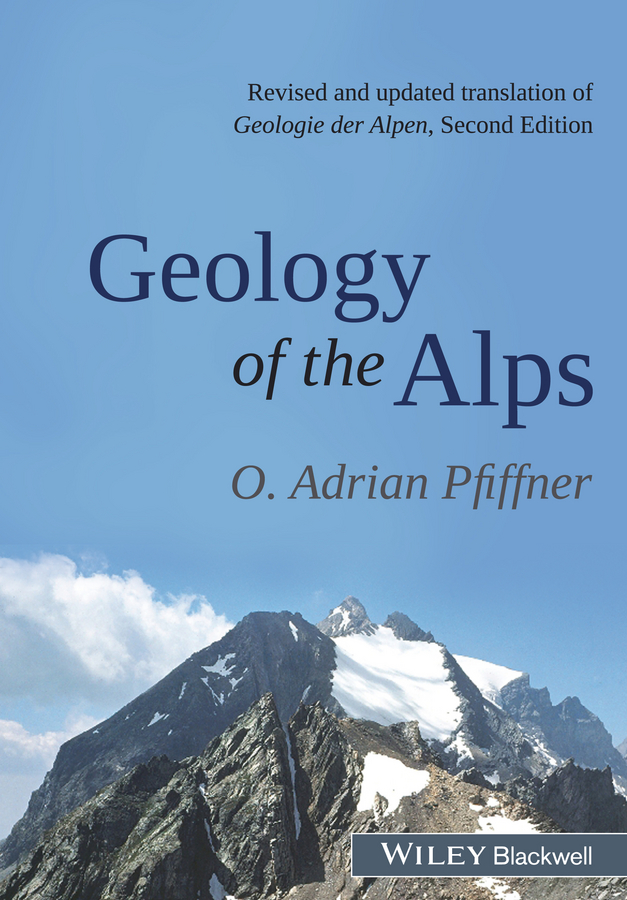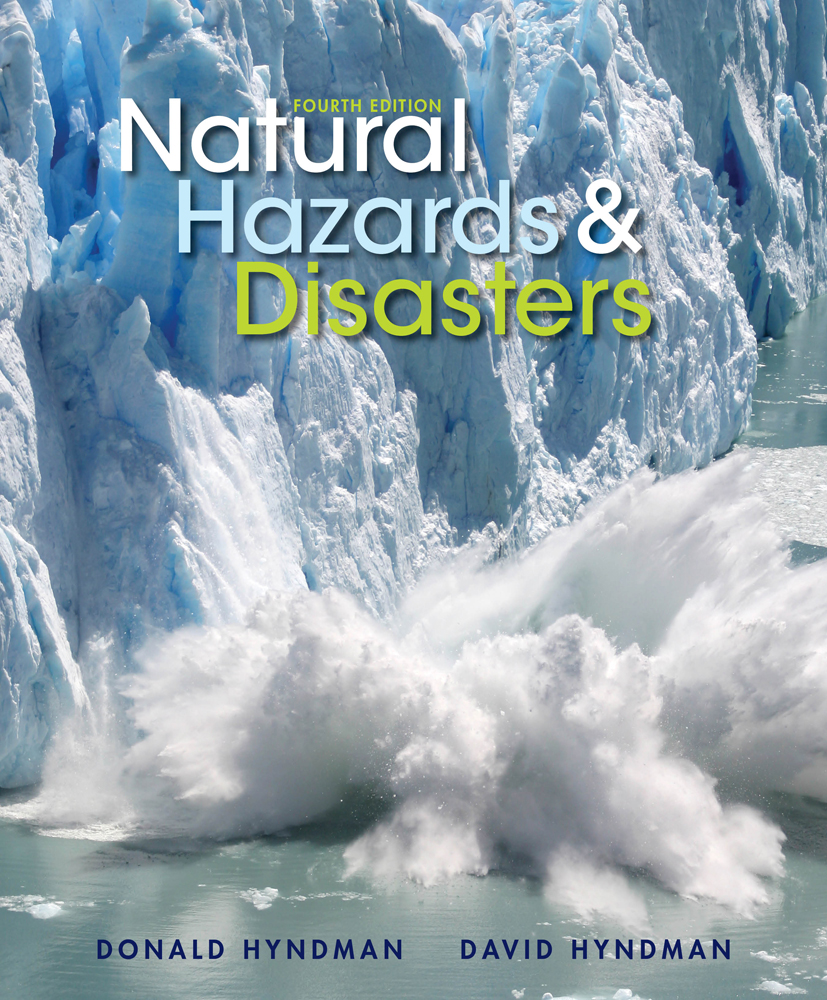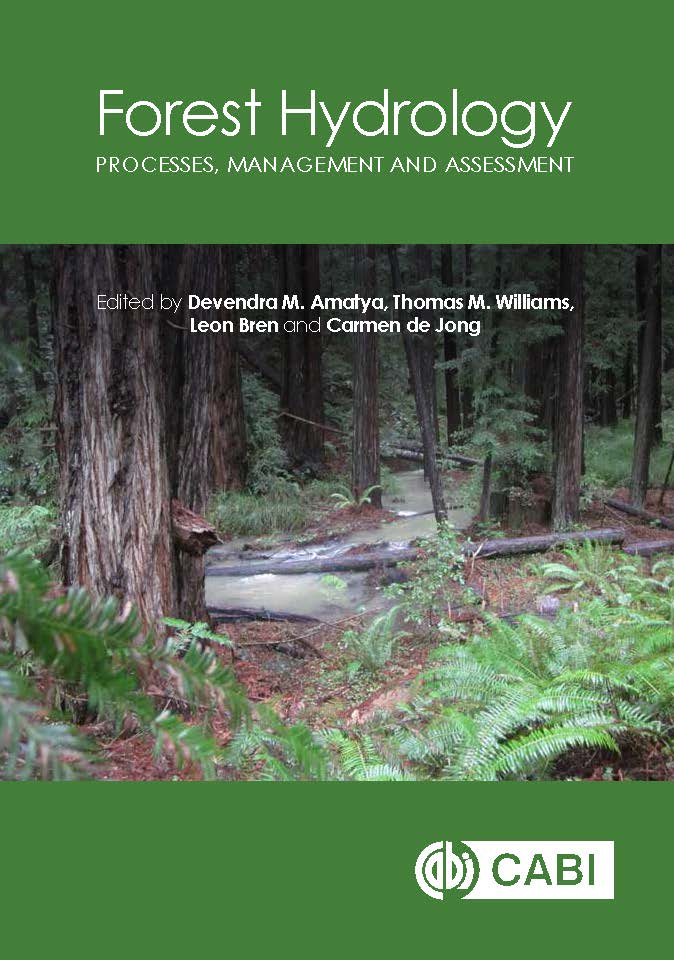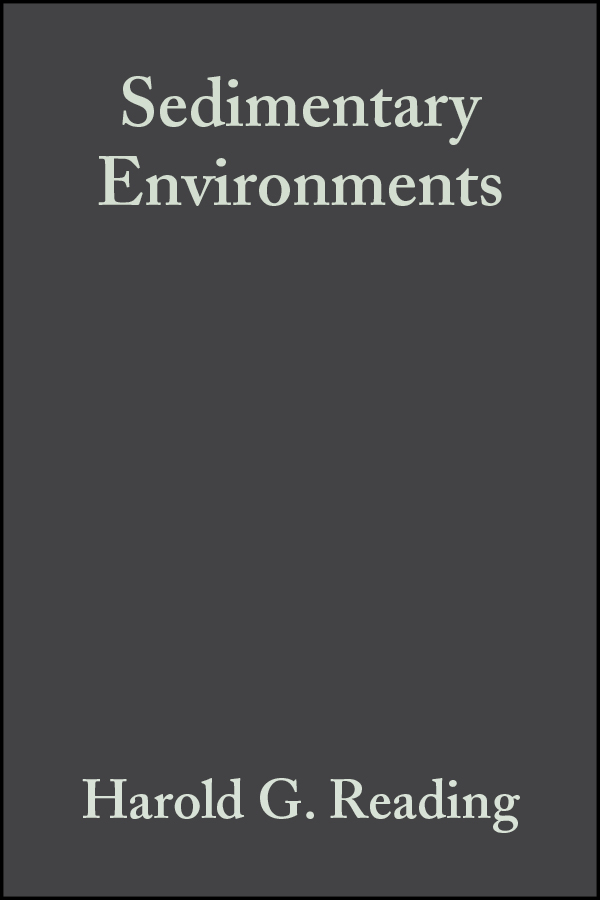CLCP3
LanguageENG
PublishYear2014
publishCompany
Wiley
EISBN
9781118708101
PISBN
9781118708132
- Product Details
- Contents
My book covers the entire Alps and views them from all the important disciplines of earth sciences. To show the manifold units in maps, crosssections and diagrams, color is used throughout the book. The color scheme is consistent: colors are chosen according to international convention, and the same shade of color is used for the same unit throughout the book, giving it a stringent consistency (a point welcomed in the book reviews). Some of the maps appear several times, but each time with a different thematic topic. The book reflects the most recent developments. The 359 pages make the book not too voluminous and nevertheless provide enough space for an adequate treatment of the topics addressed. The internal organization of the chapters and their order was carefully worked out. It makes it easy to find particular subjects of interest (even without using the index). It follows a generally chronologic order, but within individual time frames regional patterns are followed. Chapter 1 places the Alps into the European and plate tectonic framework. It includes a review of older orogens in Europe, the breakup of Pangea and opening of the Alpine Tethys and gives an overview of the structure and units in the Alps. Chapter 2 deals with the preTriassic basement. This basement includes polymetamorphic gneisses and schists, orthogneisses, Variscan granitoids and volcanics as well as Paleozoic sediments. Owing to the fragmentary outcrops dispersed throughout the Alps these rocks were treated independently by local geologists who used a variety of names for each rock unit studied. The result is a complete mess into which I put some systematic order. This meant to summarize similarities on one hand, but to outline local variations and characteristics on the other hand. The rock units are explained by their nature, age and process of formation. Chapter 3 deals with the Mesozoic rocks, which are mainly of sedimentary origin. Similar problems of diverse nomenclature as outlined for chapter 2 had to be overcome. The sedimentary sequences are summarized concentrating on the main units and the the sedimentary processes are discussed in their plate tectonic framework, namely the opening of the Alpine Tethys. Chapter 4 discusses the Cenozoic sediments, which formed during the early stages of the formation of the Alps. A general discussion on flysch and molasses is included, terms that were born in the Alps and have been exported to other orogens. Chapter 5 describes the structure of the Alps. The description is based on numerous crosssections spanning the entire orogeny. For the construction of the crosssections new geophysical data were used. All were newly drawn even if they are based on existing crosssections (which of course are referred to properly). The chapter ends with a view to the deep structure down to more than 200 km. Chapter 6 summarized the tectonic evolution of the orogeny. It includes a discussion of the arguments and local examples of how an orogenic timetable can be established. The chronologic view is sustained by paleogeographic maps, which show the Alps and their foreland at different time frames. Chapter 7 deals with the youngest phenomena: the evolution of the river networks in the past 10 million years, the effect and extend of glaciations, recent uplift as measured by precision leveling, seismicity and surface processes (rock avalanches and creep) shaping the present day surface.
Collected by
- Princeton University
- Yale University
- University of Oxford
- MIT
- UCB











